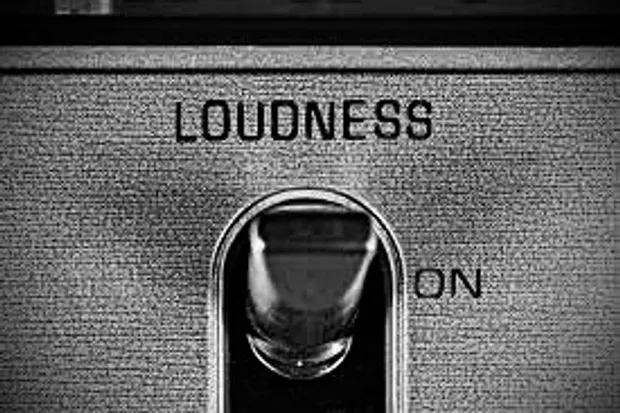#140 - 29th August 2024 - Loudness

This topic can get out of hand real quick. Loudness in music. It's about perception, it's about how difficult it can be to find a common definition and standards of measurement. It's also about attention and competition from one track to another. It's about managing dynamics and the very tangible, real question of ideal target loudness for streaming services.
And while all of this is intertwined, today is only about target loudness for streaming - simply because that was a conversation I've had today.
For a while, the common internet knowledge was to master towards -14 lufs integrated loudness.
This common sense was based on Spotify saying they would apply their own limiter to any music that is louder than that. And that sounds quite terrible; having Spotify use the demonic green magic on your precious music.
My very first Spotify released EP was prepared by me with that loudness target in mind. Back then, I did not know enough about loudness and how mastering engineers approached this, so I mastered towards -14 lufs with iZotope and was quite surprised to hear the final results on Spotify not standing well against other tracks. My stuff was way too quiet.
Today, it is common sense to ignore the -14 threshold and simply make the music as loud as possible but still sounding good i.e., not distorted from too much clipping and not losing too much dynamics. Needless to say, „what sounds good“ also depends on genre aesthetics.
Also needless to say that the pro's knew this all the time. Especially older songs from the peak of the "loudness wars" definitely did not get an extra Spotify mastering. So they must have broken the -14 barrier. And that must be true for literally every professionally made track from the 00's.
So what do I do today to reach "target loudness"? A few thoughts from my private knowledge and experience.
1) Loudness is in the mix. The better compression, clipping and loudness are managed in the mix, the louder you'll get it in the mastering stage without ruining the sound (i.e. applying too much distortion).
2) A key aspect is compressing (with lookahead and short attack) or even clipping highly dynamic sounds. Highly dynamic sounds cause trouble to your mastering limiter. You wanna address this. Golden rule: Clip until it sounds bad. Once it does, do 2dB less. Don't quote me on this :D
3) In addition, slightly clip (-2db for peaks?) the stereo bus. Before or after the mastering compressor? I'd say after, as the mastering comp should bring glue which it will be better at, if the dynamic differences are already smaller.
4) Maybe using two different limiters with slightly different settings doing a little is better than having one limiter ""doing a lot. This is about trying things out and gathering experience. I use the WEISS limiter from Softube and iZotope with its different algorithms.
5) Apply -1dB True Peak. I read that this would avoid inter-sample peaks and distortion. I honestly don't hear the difference, but I understand it as a safety net. Could be internet non-sense, but I follow it. Voodoo.
6) Listen and compare your track post everything to a loudness aligned rip of a reference track on Spotify. If your track seems less energetic, less loud, there is a good chance the average loudness and/or energy level for specific frequencies is not where it should be. To me, this is a mixing issue more than it is a mastering issue.
That's it for now.